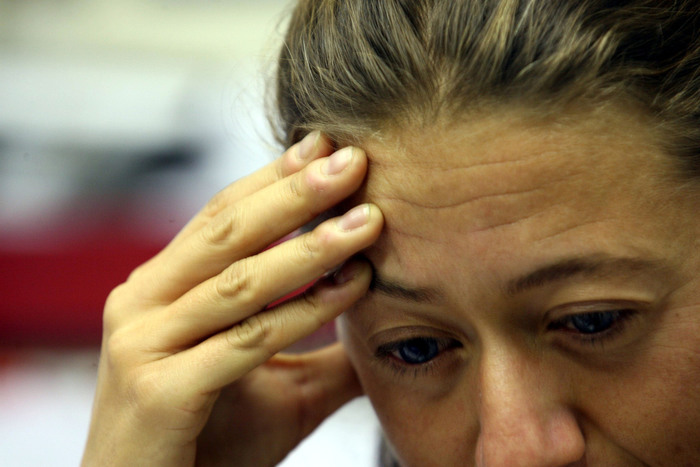(ANSA) – ROME, AUGUST 26 – Migraines ‘do not go away’ with the change of season, indeed it seems that passing from the hot season to autumn, the problems for those who suffer from it increase. This is suggested by a research recently published in the magazine Headache, according to which it is precisely in the autumn and then again in the spring that the number of internet searches relating to migraines and, more generally, headaches increases. The work was conducted by epidemiologists from the Department of Hygiene and Epidemiology of the University of Gdansk in Poland.
There are 41 million people in Europe living with migraines and this disease is three times more common in women. It is estimated that in Italy there are 6 million people suffering from migraines, that is 12% of the population.
Migraine is the second leading cause of disability in the world and the first among young women. It often begins to manifest during puberty and mainly affects people between the ages of 35 and 45, which is the most productive population.
Several studies in the past have supported the idea that seasonal rhythms affect headaches, especially migraines and cluster headaches.
The Polish study wanted to investigate whether internet searches related to headaches reflect this seasonality in any way. To this end, the researchers analyzed 10 years of data from the Google Trends platform for 31 European countries using headache, migraine, tension headache as keywords. Several temporal variations emerged: the volume of searches for the keyword ‘headache’ peaks in October, February and November and a minimum in July. As for migraines, the volume of research reaches its peak in November and a minimum in July.
“Public attention for headache-related topics on the Internet is distributed according to a significant trend of increasing searches in the spring and autumn. This suggests that a large number of patients may experience a certain level. seasonal variation in the frequency of one’s headaches. It is necessary to evaluate whether these temporal variations also correspond to seasonal variations in clinical practice “, they conclude. (HANDLE).
breaking latest news © Copyright ANSA
